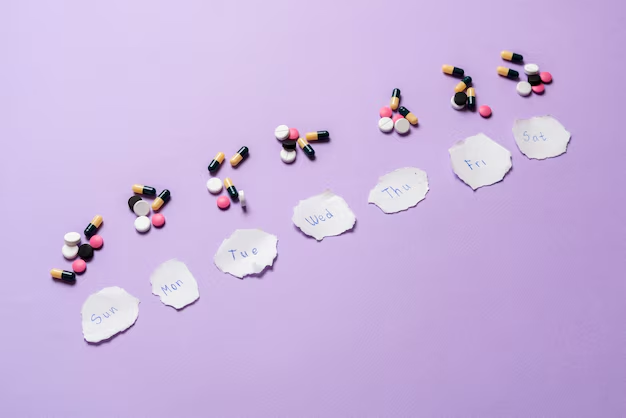How Long It Takes to Become a Pharmacist: A Comprehensive Guide
Embarking on the journey to become a pharmacist is a rewarding pursuit, demanding dedication to education and professional development. To start, aspiring pharmacists need a solid educational foundation, typically beginning with a bachelor's degree in a related science field, such as biology or chemistry. Although not mandatory, this undergraduate degree plays a vital role in preparing candidates for advanced studies. The cornerstone of becoming a licensed pharmacist is earning a Doctor of Pharmacy (Pharm.D.) degree from an accredited institution, which generally requires four years of specialized coursework and clinical training. This rigorous program ensures proficiency in pharmacology, medicinal chemistry, and patient care.
In addition to the Pharm.D., future pharmacists must pass the North American Pharmacist Licensure Examination (NAPLEX) and the Multistate Pharmacy Jurisprudence Examination (MPJE) where applicable. Some states and positions may require further certifications or residencies, particularly for specialization in clinical or research settings. As the field evolves, continuous education and certifications can enhance a pharmacist's qualifications, emphasizing the importance of staying informed and adaptable in this crucial healthcare profession.
Pathway to Becoming a Pharmacist
-
🎓 Bachelor's Degree (Recommended)
- Fields: Biology, Chemistry, or related sciences
-
🎓 Doctor of Pharmacy (Pharm.D.) Degree (Required)
- Duration: 4 years of professional study
-
📝 Licensure Examinations:
- NAPLEX
- MPJE (in certain jurisdictions)
-
💼 Additional Training & Certifications (Optional):
- Clinical residencies
- Specializations in fields like oncology or pediatrics
